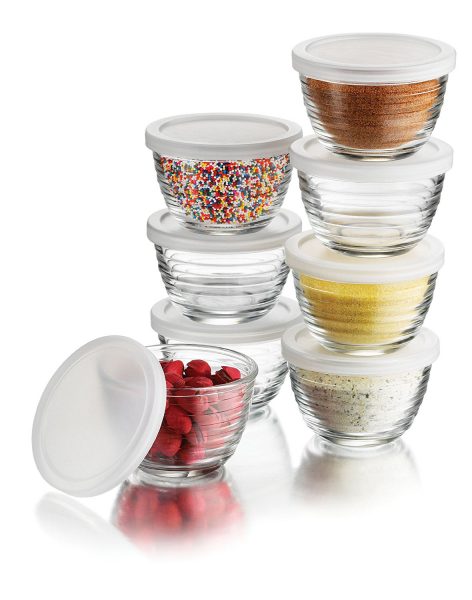

And while I did not personally experience problems with discoloration, I was alarmed by a pattern of Amazon user reviews citing denting, scratching, and rusting. The FineDine’s lids were also fiddly to get on and the seals unreliable. Overall, the FineDine bowls felt flimsier and more cheaply made than the Cuisinart set, and though they’re slightly cheaper, that small difference in price didn’t seem to justify the concern that they would not wear well over long-term use. With deep interiors and tall sides, these bowls are similar in design to my first pick (and the set comes with two extra-small prep bowls), but the difference in build becomes apparent as soon as you pick them up. If you are set on this style of bowl though, see our not on bamboo bowls below beloved by editor Kendra Vaculin.įineDine Premium Stainless-Steel Mixing Bowls

Plastic also tends to trap odors and discolor over time when exposed to ingredients like tomato sauce or turmeric. They also have a tendency to scratch over time, making them inferior for tasks like whipping egg whites, which can be ruined by any fatty residue trapped in the crevices. Plastic and melamine bowls are durable and shatterproof but generally less versatile than either stainless or glass because they cannot be used as double boilers or be put in the microwave. On the other hand, you might welcome the weight that allows the bowl to stand firm on the counter no matter hard you whisk. Glass bowls are microwave-safe and look more attractive if you like to use one bowl for both prep and serving, but they are much heavier than stainless-steel bowls, which can make them feel cumbersome, especially if you’re trying to hold the bowl with one hand. Since we were focused on finding the most utilitarian, everyday mixing bowls that could withstand any and everything, we left copper mixing bowls out of this particular roundup (though you can check out our guide to copper cookware here). That’s no small compliment! But as great as copper is, it tends to be more expensive (and more delicate) than other materials. In Mastering the Art of French Cooking, Julia Child said that copper was the most satisfying cookware to use. Copper, in fact, has ions that bond with an egg while you’re whipping it-and those ions stop the eggs from deflating and keep them super fluffy as they expand. Like stainless-steel bowls, copper mixing bowls are excellent for maintaining an even temperature when making dough and batter.


 0 kommentar(er)
0 kommentar(er)
